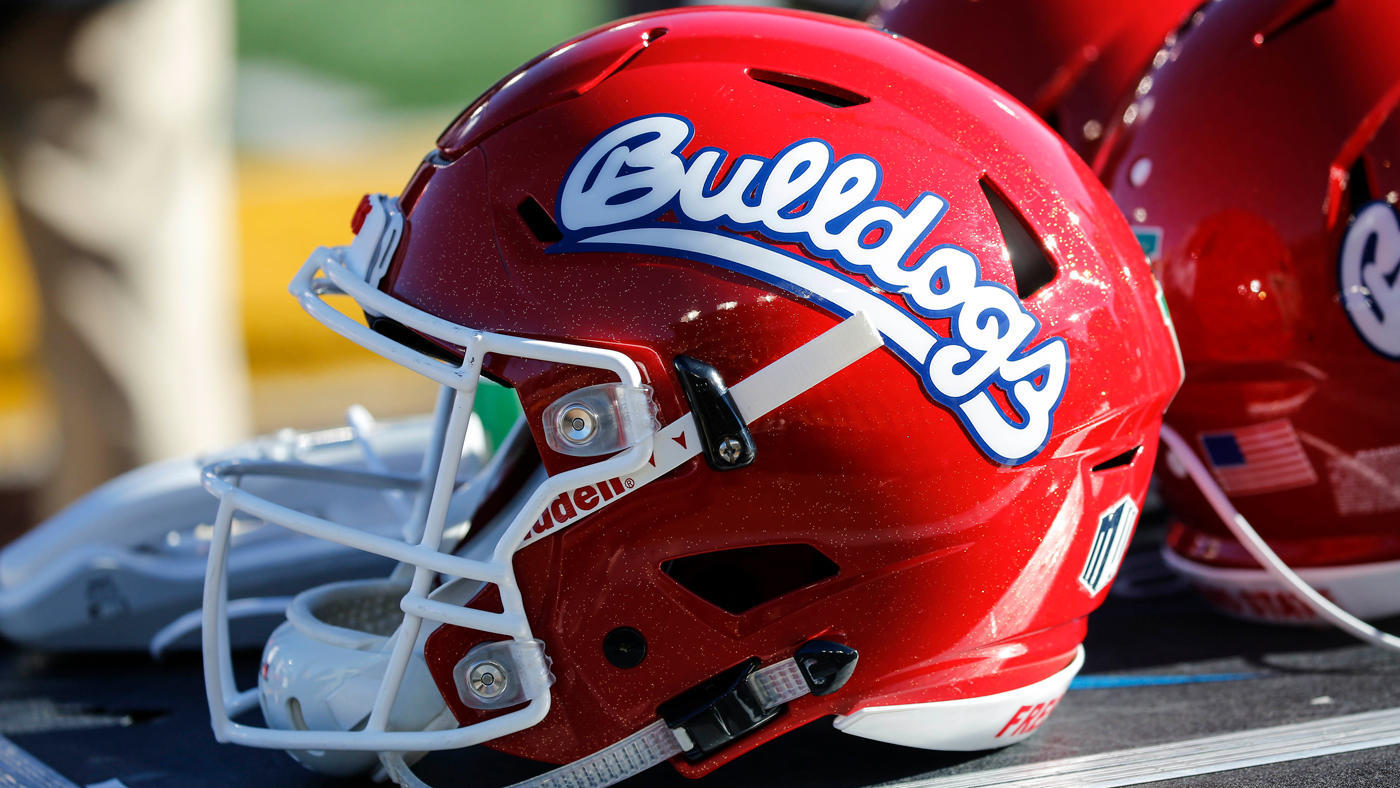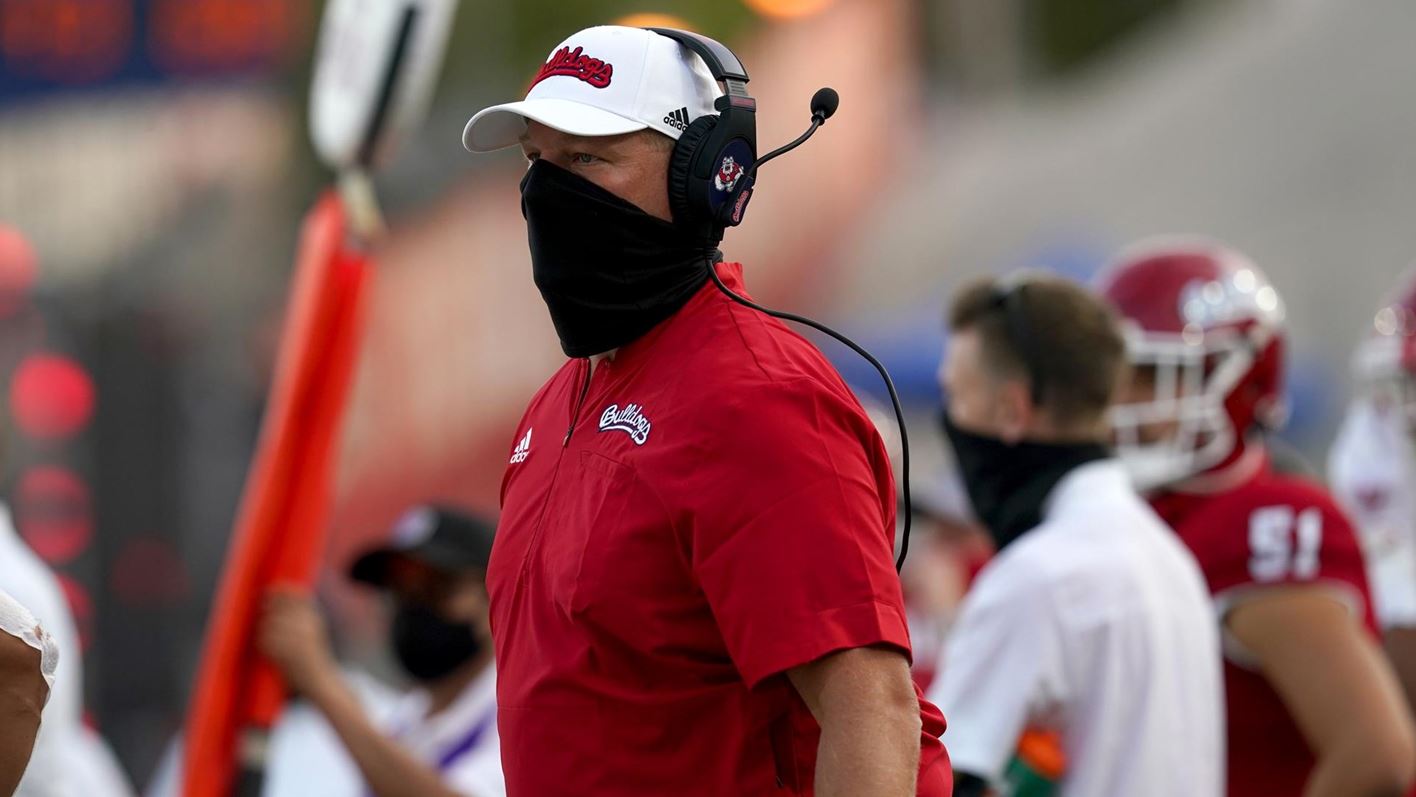Fresno State has a short week to prepare to face Nevada in an effort to get back on track following two losses in a row.
Friday night’s game on the road against the Wolfpack is gearing up to be a greater challenge than expected, since Nevada is coming off a 42-37 win over Oregon State, which had only lost one game coming into last Saturday.
Scouting report: Nevada has had an up and down year so far en route to a 3-4 record, with the lowest point of the season coming in a 27-0 loss to Minnesota in Week 4.
- But the Wolfpack have found life with one of the best rushing attacks in the country. Nevada’s offense has produced at a similar level to UNLV, who the Bulldogs lost to 59-14.
- Nevada ranks 17th in the nation with 215.71 rushing yards per game, good for third in the conference behind Boise State and UNLV, respectively.
- Similar to UNLV, the Wolfpack have a passing game close to the bottom of the Mountain West. Nevada and UNLV are tied for 9th in the conference averaging only 174.7 yards through the air per game.
- Nevada quarterback Brandon Lewis is a strong runner. He is second on the team with 513 rushing yards and has added 4 touchdowns on the ground.
- Behind Lewis and running back Savion Red, Nevada ranks first in the Mountain West converting 55.79% of their third down attempts. Such a strong run game has also led Nevada to top the conference with an average time of possession of 32.35.
What they’re saying: Fresno State Defensive Coordinator Kevin Coyle said Monday that Nevada’s rushing attack is going to be one of the toughest challenges the ‘Dogs have seen all season.
- “They present quarterback runs – it seems like we’ve seen more quarterback runners this year than any year that I can recall,” Coyle said. “But they present a lot of option, different variations of option game, power game with the quarterback as a runner. And also the tailback is a conventional runner. This team wants to run the ball, wants to control the clock, and we can’t allow them to do that.”
- Coyle added that Nevada’s high third down conversion rate is due to the success of running the ball on first and second down.
In hindsight: One of the crucial moments in last Saturday’s loss to Washington State came in the fourth quarter when the ‘Dogs were backed up on their own 1-yard line to start a drive following the interception that the Cougars returned for a touchdown.
- Quarterback Mikey Keene rushed the ball up the middle for one yard on first down, giving the offense slightly more room to work with. Keene passed the ball on second down to receiver Raylen Sharpe for 10 yards, good for the first down, but an illegal motion penalty negated the play and dropped the ‘Dogs back to the 1-yard line. On the replay of second down, Gilliam took the ball up the middle for 4 yards.
- That set up a crucial this-and-six for the Bulldogs. Down by five with around six minutes remaining, Fresno State had an opportunity to drive down the field and win the game. But Gilliam took the ball again and only gained two yards, forcing the ‘Dogs to punt. Washington State went on to kick a field goal, and Fresno State was unable to tie the game on their final drive with less than two minutes left on the clock.
- Fresno State Offensive Coordinator Pat McCann said Monday that he called a run-pass option (RPO) on third down, but he would take it back if he could.
- “I’ve said this before: I’m going to stay up at night thinking about calls whether we win or lose. I just do,” McCann said. “The third down backed up – there was an RPO on it, so there was the opportunity to make it right both ways. We were running the ball relatively effectively in the game. If I can take a call back, yeah, I’d love to say I’d take that one back.”










